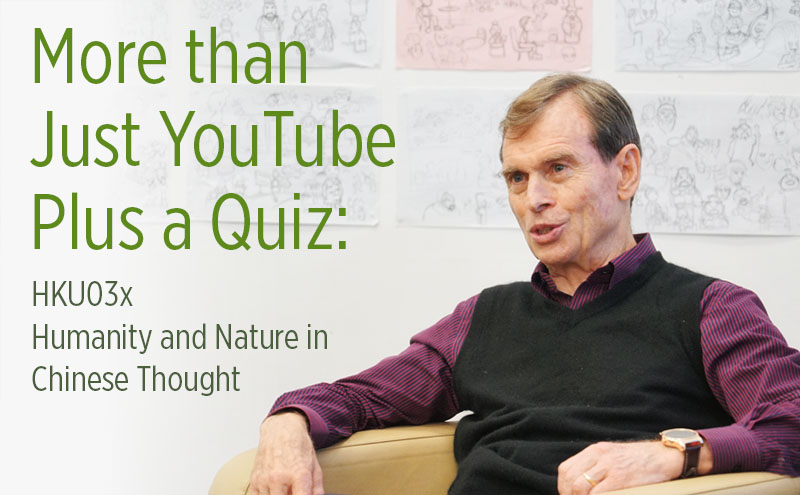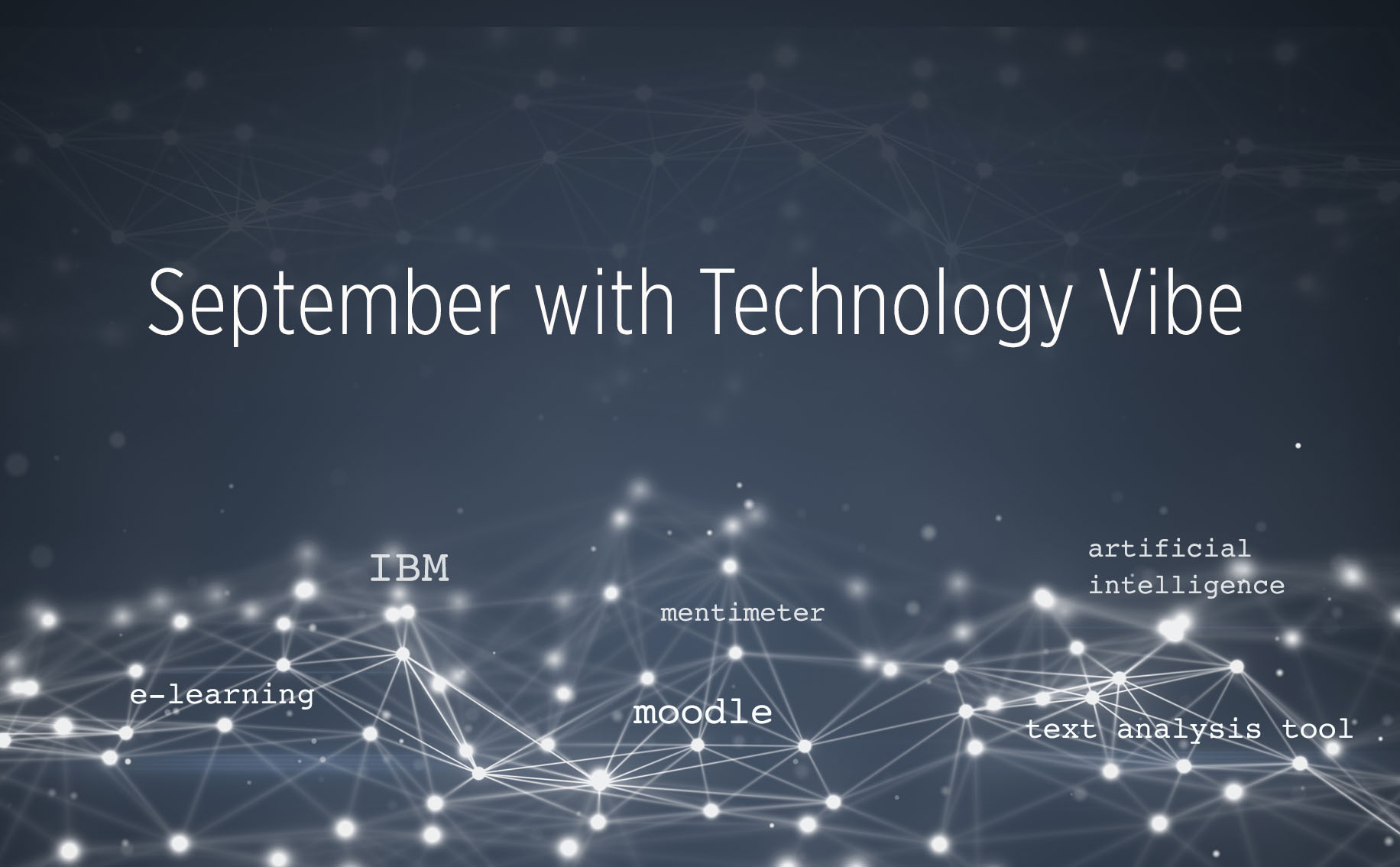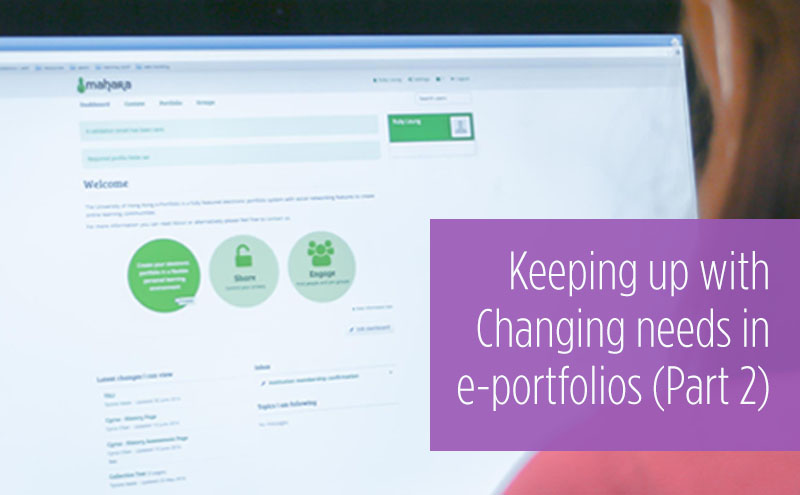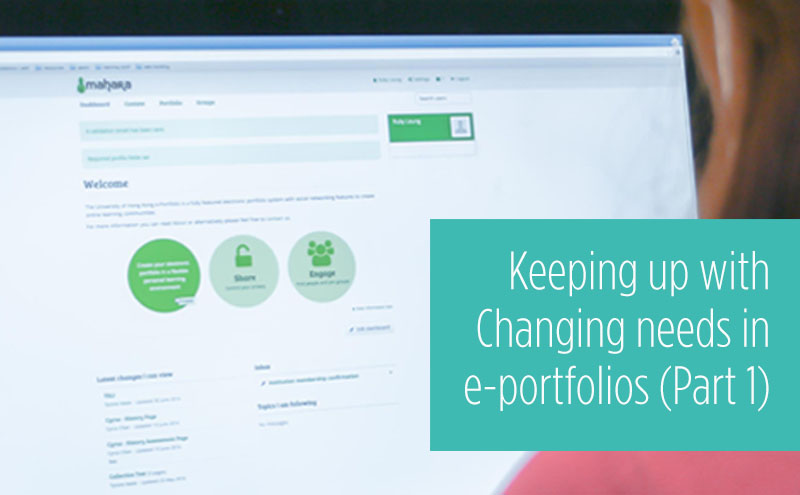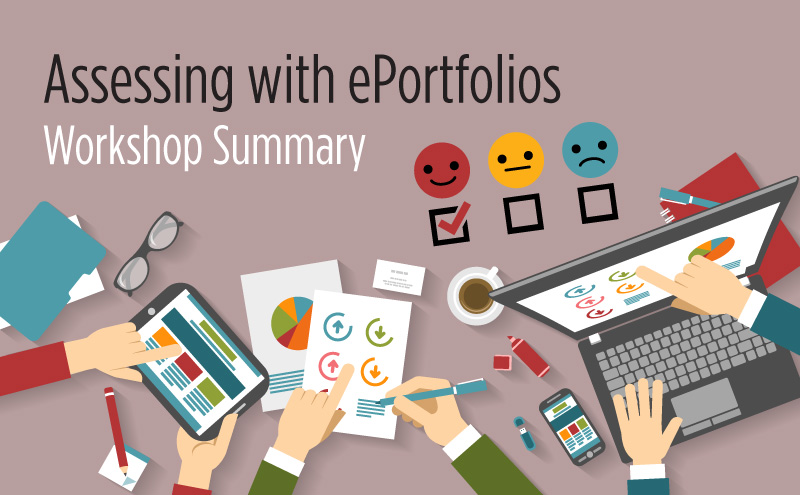Knowledge exchange with fellow academics through collaboration and outreach is always an important part of TELI. On 12 October 2016, we were honored to welcome a Macao education delegation to HKU.
Initiated by the Macao Tertiary Education office, the purpose of the half-day visit was to share and exchange HKU’s experience in e-learning, MOOCs and language teaching with the delegation.
 A 360 degree group photo with the delegation
A 360 degree group photo with the delegation
We welcomed a total of 23 delegates from 8 Macao higher education institutions, which included Vice Presidents, Faculty Deans, Language professors and Admin personnel. It was led by Prof. SUN Jian Rong (Macau University of Science and Technology) and Prof. JIN Hong Gan (University of Macau).
The day opened with an introduction of HKU’s e-learning landscape and visions for online learning by TELI.
After introducing the wider picture, Prof. Gina Marchetti from the Department of Comparative Literature then introduced and shared her hands-on experiences on creating an upcoming MOOC called Hong Kong Cinema through a Global Lens. To produce a rewarding MOOC, Prof. Marchetti stressed the importance of identifying your academic strengths, using existing content alongside supporting research, and working with a team throughout development progress.
 Prof. Marchetti introducing the MOOC
Prof. Marchetti introducing the MOOC
As HKU has been pioneering language teaching through technology, Dr. Ka-Yee Loh’s team from the Faculty of Education next introduced mLang, a mobile language app (IOS, Android) developed for non-native students to learn Chinese. Dr. Ki Wing Wah provided background to the app which revolves around DIY flashcard production by students. Ms. Florence Chu and Principal Tracy Cheung from HKMA Lee Kwok Po Secondary School (one of the partner schools) shared first-hand experiences and showcased videos demonstrating usage of mLang in class. Dr. Vincent Lau concluded with technology’s important role in mLang.
 Ms. Florence Chu showcasing how mLang is applied in the classroom
Ms. Florence Chu showcasing how mLang is applied in the classroom
Subsequent tours to the Centre for the Promotion of Language Learning, Digital Literacies Lab and TELI’s multimedia office enriched the visit, allowing delegates to learn more about the infrastructure supporting online learning in HKU.
 A visit to the Centre for the Promotion of Language Learning, guided by Mr. Kevin Chan
A visit to the Centre for the Promotion of Language Learning, guided by Mr. Kevin Chan
 Mr. Patrick Desloge guiding delegates through the Digital Literacies Lab inside the Chi Wah Learning Commons
Mr. Patrick Desloge guiding delegates through the Digital Literacies Lab inside the Chi Wah Learning Commons
 TELI Multimedia team showcases TELI’s daily works
TELI Multimedia team showcases TELI’s daily works
We look forward to future collaborations with Macao’s tertiary institutions. Contact us to learn more.



